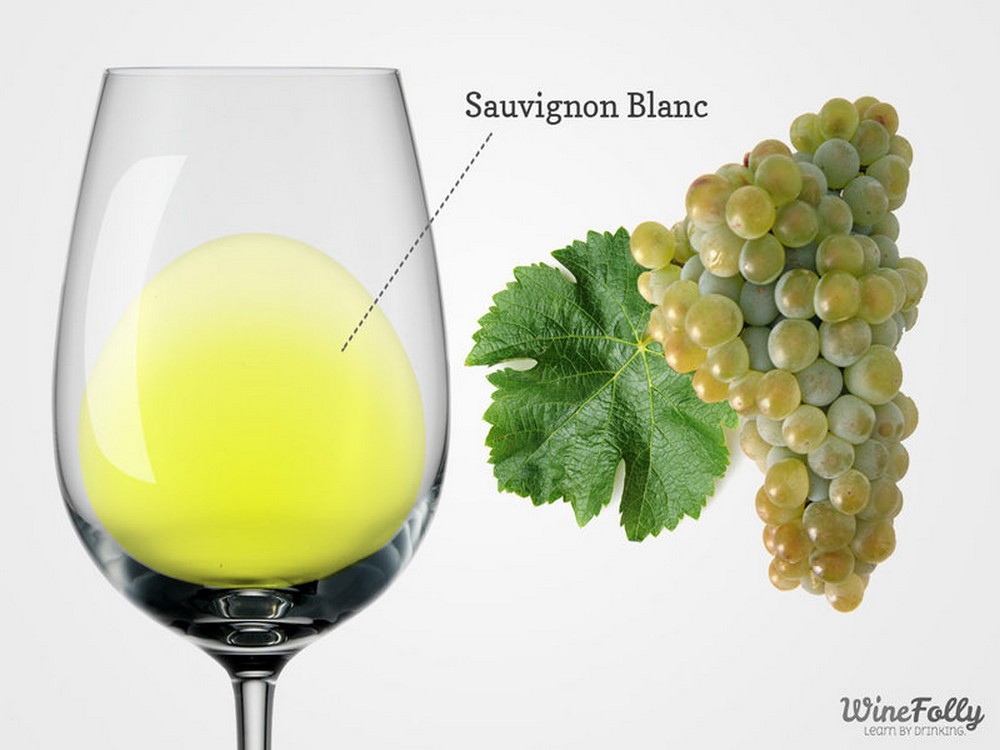Product description
Sauvignon Blanc is a white grape variety that owes much of its popularity to winemakers in Bordeaux and the Loire Valley in France. The taste of Sauvignon Blanc is very different from other white wines, such as Chardonnay, because it has green and herbal notes. The name Sauvignon Blanc means "Wild White" and the grape is related to Traminer with roots from the South of France. Sauvignon Blanc is one of the most widely planted wine grapes in the world and as such has a wide range of styles and flavors. Below we'll explore the basics of its flavor, learn the regions where it's produced, and get some food-wine pairing ideas.
1. How does Sauvignon Blanc taste different? The primary fruit aromas of Sauvignon Blanc are lime, green apple, passion fruit and white peach. Depending on how ripe the grapes are and when the wine is made the flavor ranges from spicy lime to peach blossom. What makes Sauvignon Blanc unique from other whites is its herbal flavor, with notes of sweet pepper or jalapeño pepper, gooseberry, grass, and even asparagus. These nuances come from aromatic compounds called pyrazines and are the secret to the flavor of Sauvignon Blanc.
2. Is Sauvignon Blanc a dry wine? Most Sauvignon Blanc wines are dry, although some producers in areas like New Zealand and California leave a gram or two of residual sugar for a richer texture. 3. Where does it come from? More than 275,000 hectares of Sauvignon Blanc are planted in the world. This variety is usually found in France, in Bordeaux or the Loire Valley.
It is also known from Pouilly-Fumé, Sancerre, Graves, Entre-Deux-Mers and Touraine. In Italy it is found mainly in the north-east of the country. In Spain it grows in central Spain and we can also find it in Romania and Moldova, from countries of the Old World. In the New World it is now mainly found in New Zealand, in the regions of Marlborough, Martinborough, Gisbourne, Hawkes Bay and Waipara Valley. It also grows in America, in Sonoma and Napa, California and we also find it in Chile, South Africa and Australia (South Australia and Victoria)
4. What are the characteristics of Sauvignon Blanc
Fruit flavors (berries, fruits, citrus)
Lime, Green Apple, Asian Pear, Kiwi, Passion Fruit, Guava, White Peach, Nectarine
OTHER SCENTS (herbal, spice, floral, mineral, earthy, and more)
Green Pepper, Gooseberry, Jalapeño, Grass, Tarragon, Celery, Lemongrass, Chalk, Wet Concrete
FLAVORS OF OAK (flavors added by aging in oak barrels)
Vanilla, Pie Crust Sheet, Coconut, Butter, Nutmeg, Cream
ACIDITY Medium- High SERVING TEMPERATURE Wine that has not passed through a barrel: 8 ºC Barrel-aged wine: 10-12 ºC SIMILAR VARIETIES Verdejo, Albariño, Colombard, Grüner Veltliner, Verdicchio, Vermentino, Tocai Friulano, Savignan (rare), Traminer, Sauvignon Vert SYNONYM Fumé Blanc (USA), Muskat-Silvaner (Austria), Feigentraube (Germany), Sauvignon (Italy) OFTEN BLEND Sauvignon Blanc is often blended with Semillon and Muscadelle in White Bordeaux, while in Greece a successful blend is Sauvignon Blanc-Assyrtiko, particularly popular in the area of Drama
5. What foods does Sauvignon Blanc go well with? The basic rule to make a safe choice for sauvignon blanc is to go green (Go green!). This wine with its herbal notes goes well with corresponding green herbs. If the taste of basil, rosemary, coriander, parsley or mint dominates the food, then chances are that a Sauvignon Blanc will match perfectly.
Another classic pairing is Sauvignon Blanc with feta and goat cheese, and this (goat) combination was made popular by the Ligira Valley. Near Sancerre, a traditional goat's cheese called Crottin de Chavignol is produced and is internationally renowned as an excellent creamy cheese with a heavy smell. A bite of Crottin with a sip of Sauvignon Blanc is considered the perfect match. More specifically, Sauvignon Blanc suits:
With meats such as Chicken, Pork steak, turkey With fish and seafood Seabass, Perch, Cod, Trout, Redfish, Mussels, Crabs, Lobsters and Clams With herbs and spices Parsley, basil, mint, tarragon, thyme, fennel, dill, spring onions and rosemary. From spices: white pepper, coriander, fennel, turmeric and saffron.
With cheeses Goes well with soft and sour cheeses, such as goat cheese. It also goes well with yogurt and crème fraîche. Vegetables This wine goes well with vegetables, as long as you saute them or mix them with other fattier dishes, so that the acidity of the wine is perfectly balanced. For example, you can mix vegetables into dishes like hummus, asparagus pie, tzatziki, white bean lasagna and zucchini.


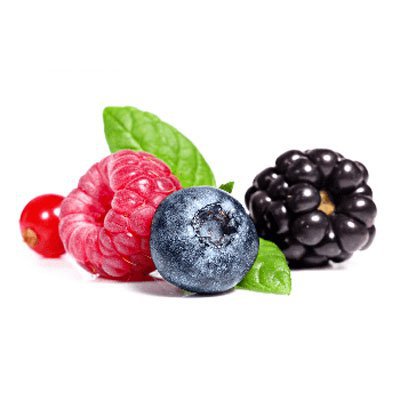
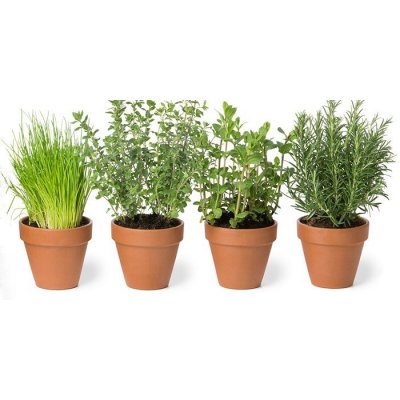
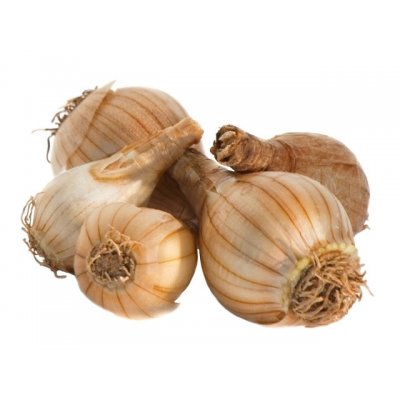

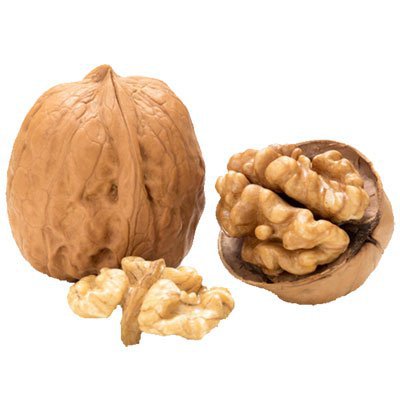
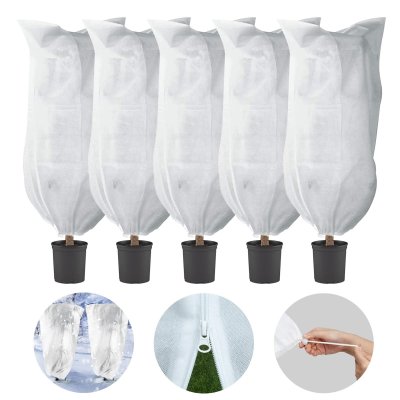
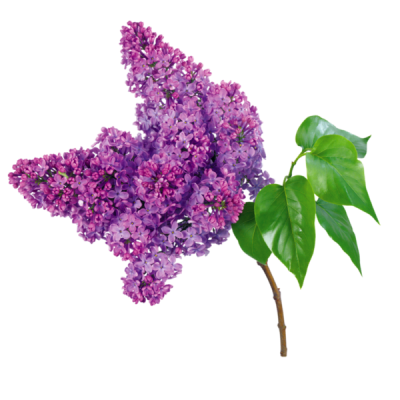
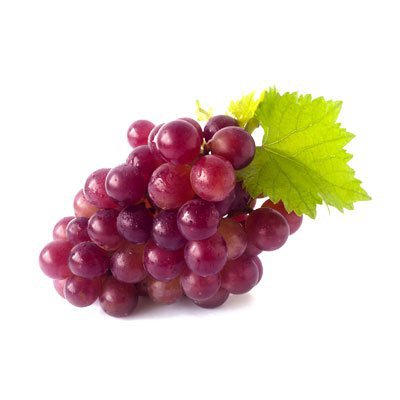
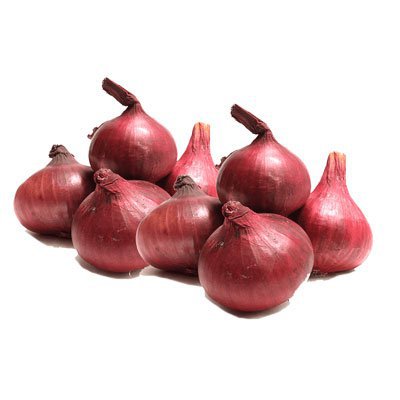
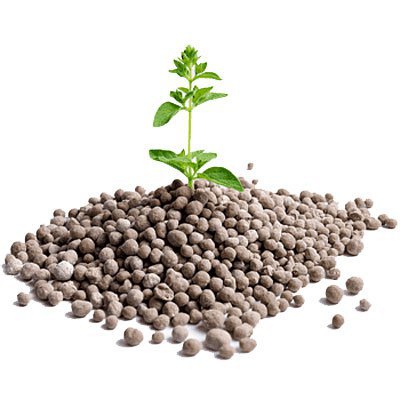
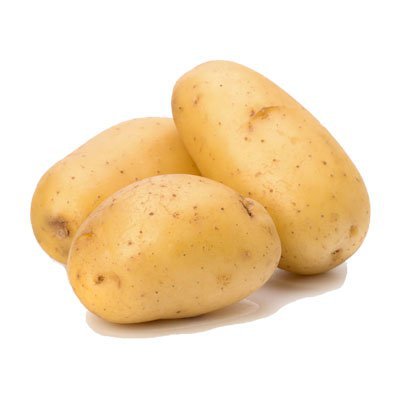
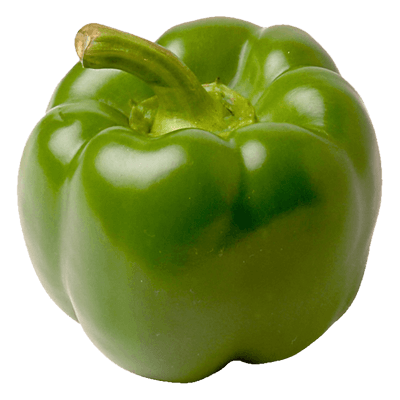



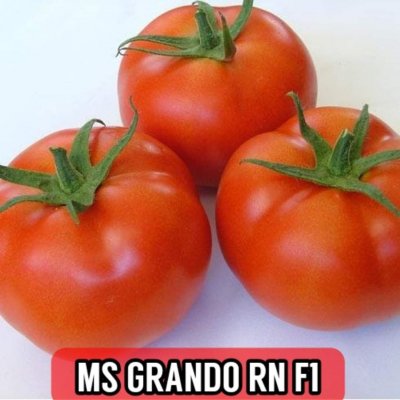
 Forest Fruit Plants
Forest Fruit Plants Spice Herbs Medicinal seeds
Spice Herbs Medicinal seeds Bulbs
Bulbs Γλυκοπατάτες
Γλυκοπατάτες  Fruit Trees
Fruit Trees Garden Materials
Garden Materials Ornamental Plants
Ornamental Plants Grapevine Plants
Grapevine Plants Onion Set
Onion Set Fertilizers
Fertilizers Potato seed
Potato seed Seeds
Seeds Roses
Roses Tropical Plants
Tropical Plants Home Pesticides
Home Pesticides Horticultural Nurseries 22/5-29/5/2023
Horticultural Nurseries 22/5-29/5/2023